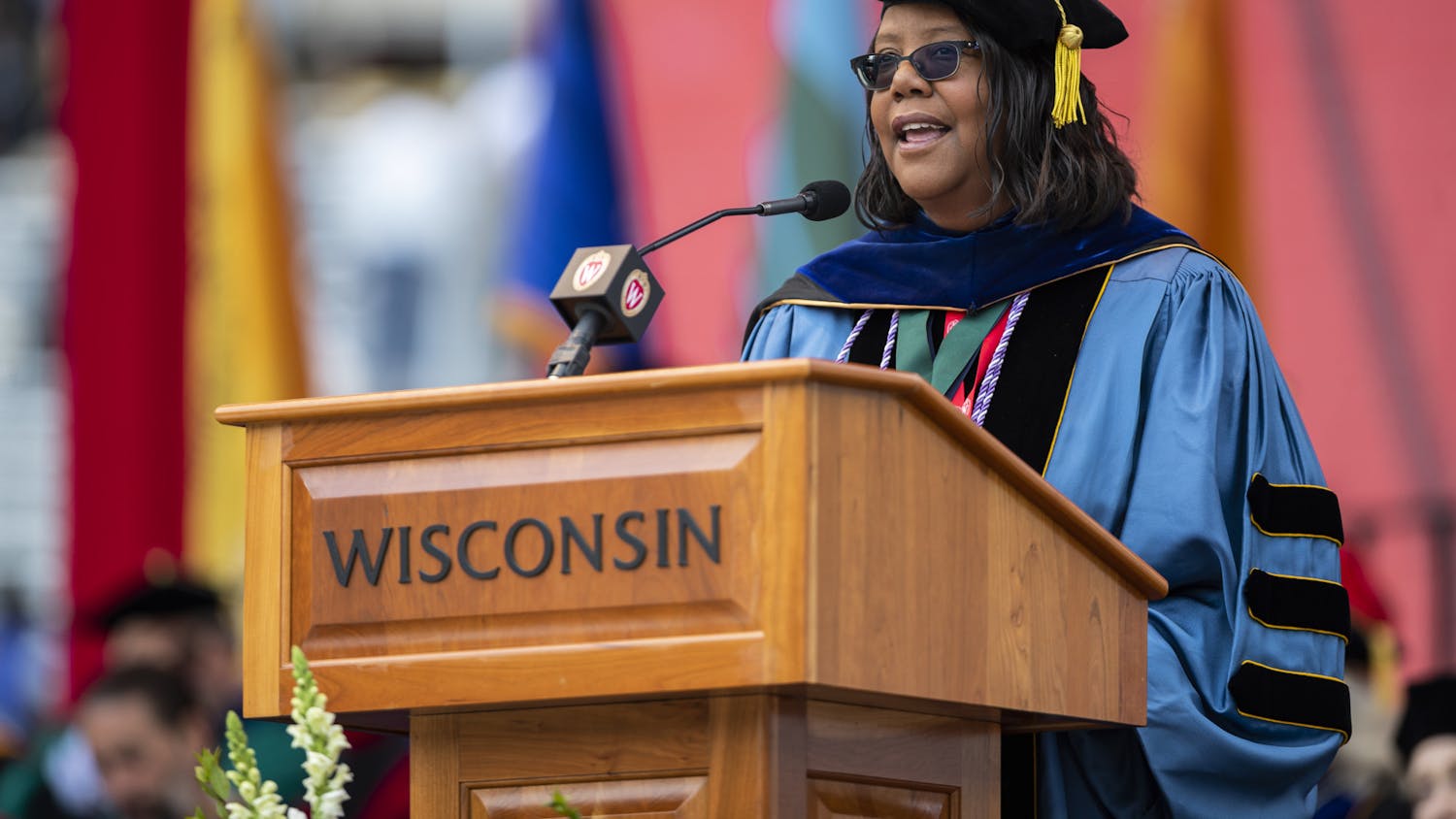The Supreme Court recently reviewed arguments in Louisville, Ken., and Seattle, Wash., regarding the constitutionality of the cities' student-assignment plans in public school systems.
Louisville, a city whose population is about one-third black, maintains a public school enrollment goal for black students between 15 percent and 50 percent. Seattle upholds an ""integration tiebreaker,"" so when a school strays from its goal by more than 15 percent of the district's overall racial breakdown, an applicant's race is taken into account.
Questions regarding its constitutionality arise because it means students can be denied admission based on their race. The Court of Appeals confirmed these assignment plans as constitutional because the pro-integration formula is applied equally to all races.
Conservatives argue that these cases deserve the same scrutiny received by Brown v. Board of Education because they deny access of certain students based on race. However, if these cities' plans are disassembled, hundreds of other school districts will be forced to follow suit.
This could lead to the devastating racial balance that existed in schools before Brown v. Board of Education.
Integrated schools are vital to America's advancement toward uniform equality. Not only does social awareness increase or arise when schools are racially integrated, but a more equal education is also found for those who get the opportunity to go to a school with more money and thus more opportunities. Segregation of schools will lead to more ignorance and racism, as there will be decreased opportunity for all races to coexist.
The Brown v. Board of Education ruling determined Plessy v. Ferguson, ""separate but equal,"" would never give black families access to the same opportunities and standards that white Americans enjoyed. While our country has made significant progress in ensuring equal opportunity for all since the 1950s, the word ""never"" is important to note.
Our country is clearly still incapable of providing equal education for all, so how can we know for sure that if the Brown v. Board of Education ruling is essentially overturned, conditions will not revert back to how they were pre-civil rights era?
Battling racism should be at the top of the United State's list of things to do, as it is the nation's most pressing and devastating issue to date. Some examples of where racism still exists are: neighborhoods, where white flight begins when populations exceed 20 percent blacks; prisons, where blacks receive much harsher sentencing and higher levels of incarceration; schools where those with a majority black population receive lower funding (because in many areas the money spent on education is based on property taxes).
The only way to end these problems is for all races to understand one another's true reality. By segregating schools we will eliminate any chance of understanding, leading to less opportunity for all.
Wisconsin has the second lowest rate of educational achievement for blacks and a very low black enrollment at UW-Madison. Even as temporary Wisconsin residents, as some of us are, we have the opportunity to change this simply by understanding the reality of racism and doing our part to end it.
Think about the opportunity that you were given to be here at UW-Madison, and do your part to ensure that others have the opportunity for higher education as well.





